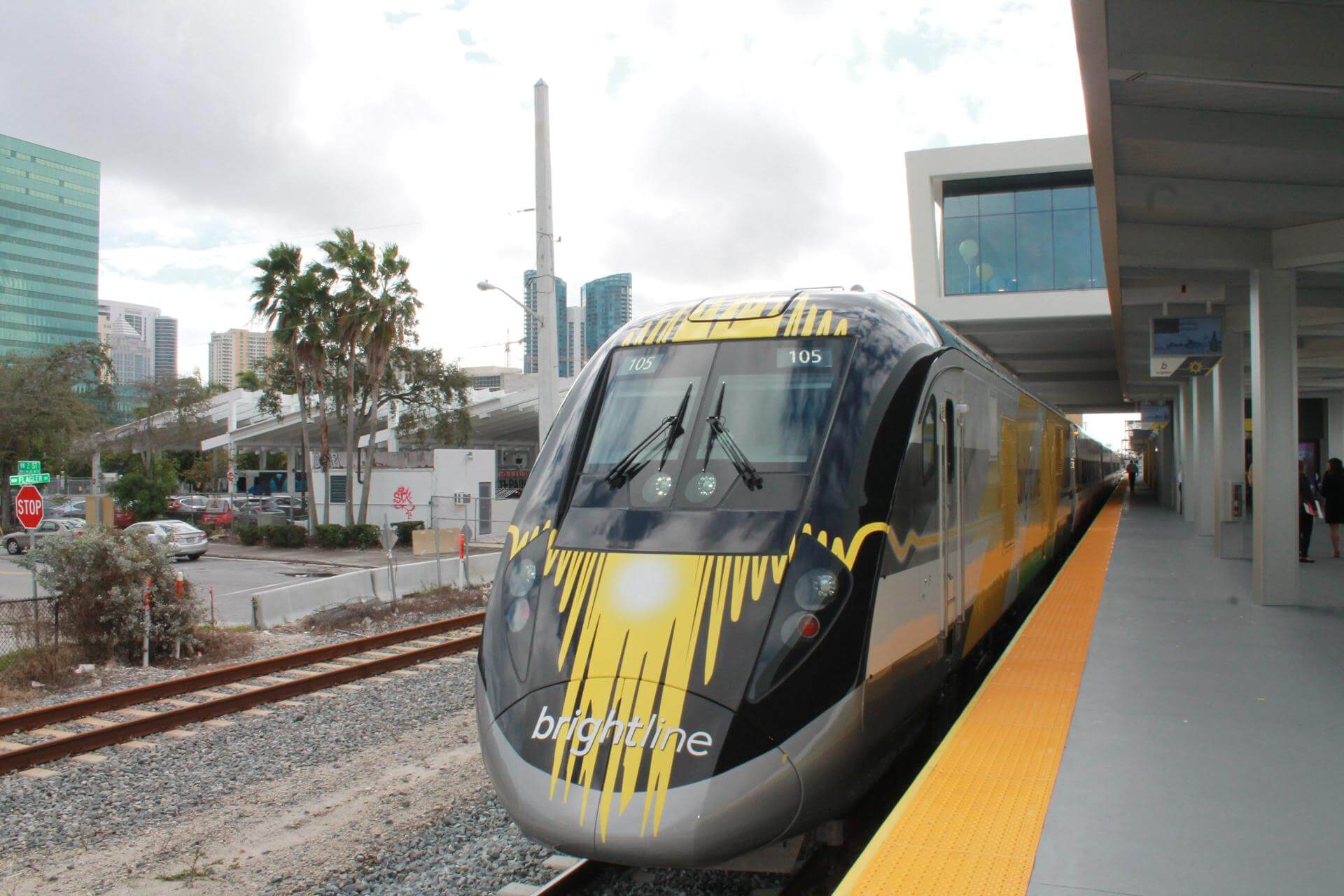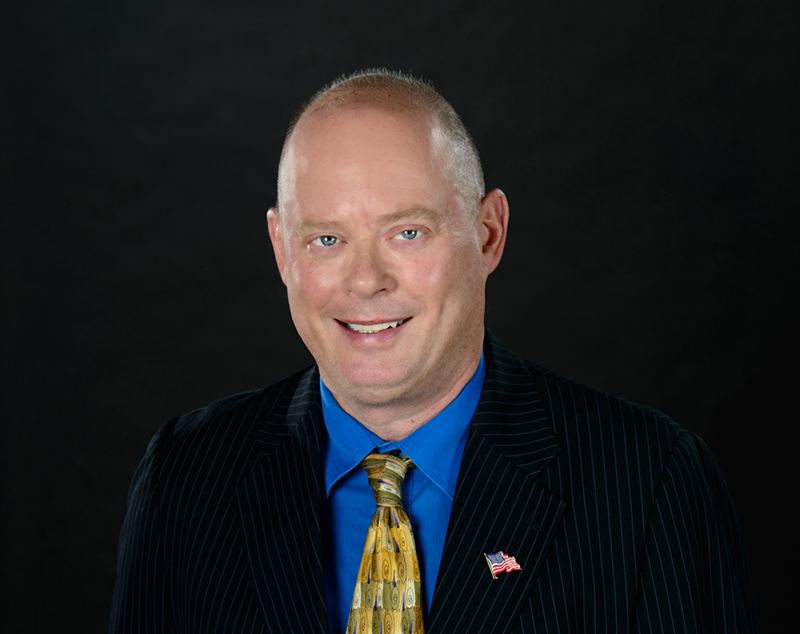It’s unfortunate that four people have been killed by Brightline trains, but politicians are pointing the finger at the wrong culprits.
In the last two accidents, a pedestrian and a bicyclist drove around the warning gates as trains approached, according to witness accounts in local newspapers. I have empathy for the victims and their families, but it’s reckless to go around crossing signals to save a few minutes. Brightline trains zip through intersections rapidly, so you are really talking about saving seconds.
(BREAKING NEWS: Brightline expands safety efforts as politicians introduce legislation.)
Brightline says it is committed to equipping the general public with the knowledge necessary to stay safe around not just Brightline tracks, but all train tracks.
The Sun Sentinel ran an article in December, before Brightline started regular service, on the rising deaths in South Florida related to people hit by trains: “Twenty-three people died in Miami-Dade, Broward and Palm Beach counties through September this year, compared with 14 in all of 2016, according to the figures compiled by the Federal Railroad Administration.” Part of this has to do with people committing suicide, which was cited by Boca Raton police in another death involving a Brightline train.
Tri-Rail, a commuter train service traveling between Palm Beach and Miami-Dade counties, was involved in 22 deaths this past year, the Post reported. Many people may not realize it, but the peak speed of Tri-Rail trains in South Florida is about 80 mph, which is the same as Brightline. (Brightline will hit 125 mph in rural areas when service to Orlando is added in a couple of years.)
Boynton Beach City Commissioner Joe Casello told the Palm Beach Post he would ask the city manager to ask Brightline to stop service until safety issues are resolved. Maybe somebody should tell Casello that trains are not regulated by city and state government. (Here’s a PDF on the subject, note the case of City of Auburn vs. Surface Transportation Board.)
U.S. Sen. Bill Nelson called for an investigation. I’m not sure what that would accomplish because there’s no indication that Brightline has not met safety standards and the reason for the deaths is pretty obvious—people were reckless or suicidal.
Casello would be better served requesting that the city put up mobile amber alert signs that say, “Danger, high speed trains. Obey signals.” Robo safety calls to residents are also a good idea.
In a previous blog post, before Brightline service started, I stated that local law enforcement agencies need to do a good job of policing intersections to prevent tragedies. I’m wondering if that’s really happening. I didn’t see police at any crossings during four trips on Brighline. The Brightline trains stick to a pretty tight schedule, so it would be relatively easy for police departments to figure out what times trains pass through and monitor crossings as time permits.
There may be a learning curve. As an SFBW coworker suggested, some people may be used to crossing gates to beat relatively slow moving freight trains and not realize how fast the Brightline trains are going.
Brightline has a page with posters and safety information on its website.
Operation Lifesaver can be enlisted to provide educational material to children. It also has a page of videos that can help people understand dangers. It would be good for supervisors at businesses, especially in coastal downtown areas along the Brightline tracks, to ensure their employees understand the dangers posed at rail crossing.












